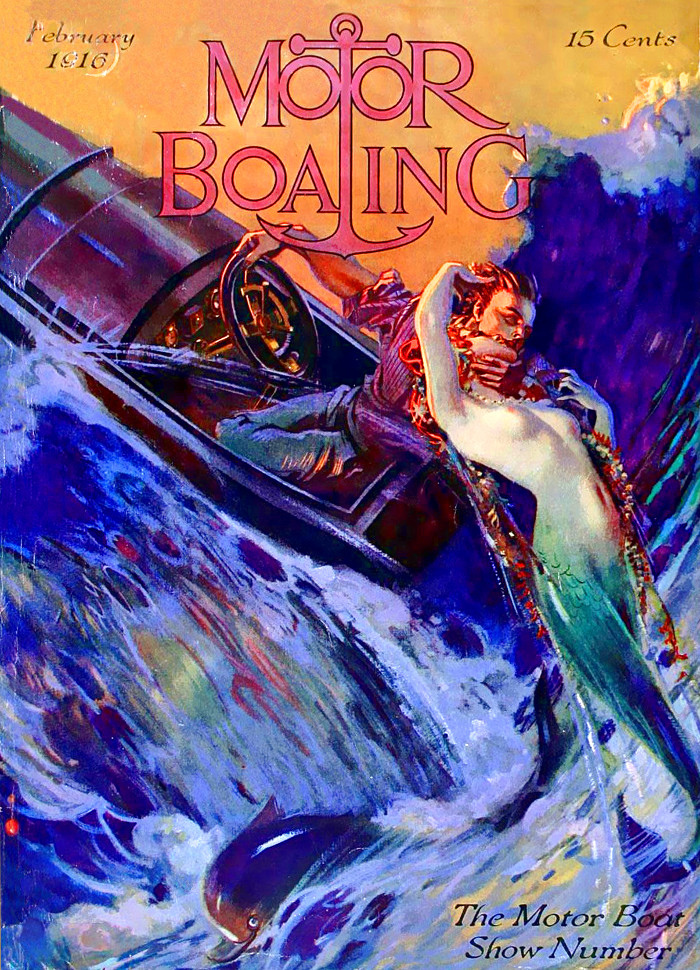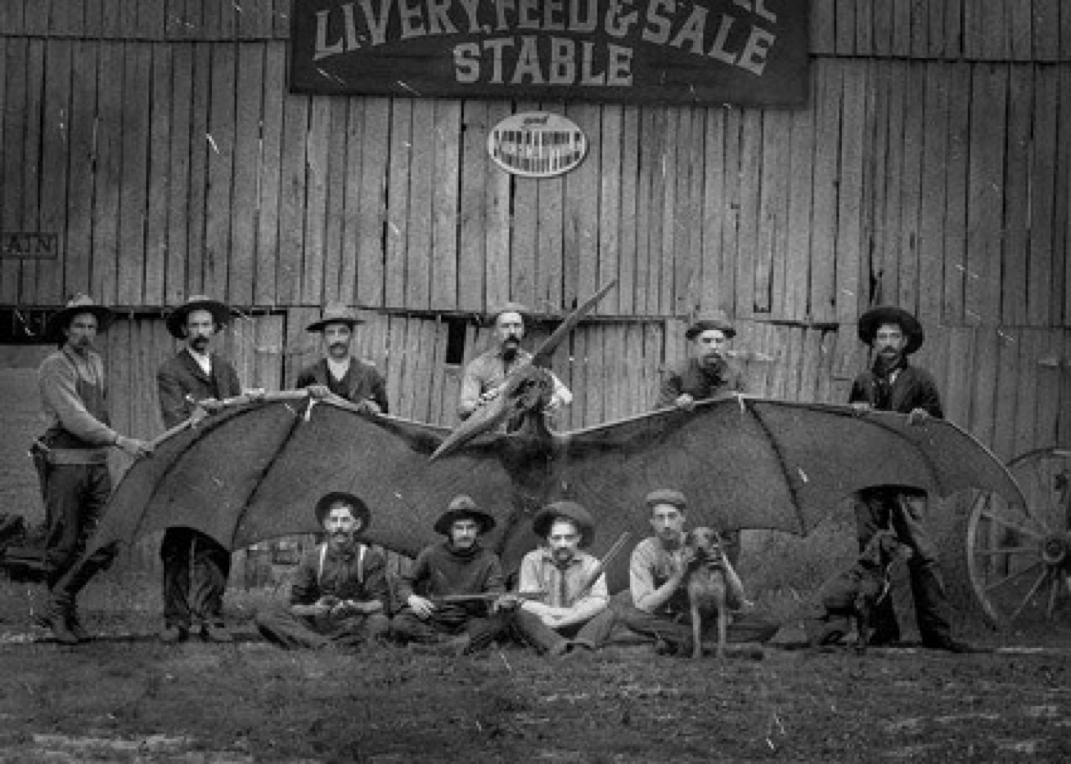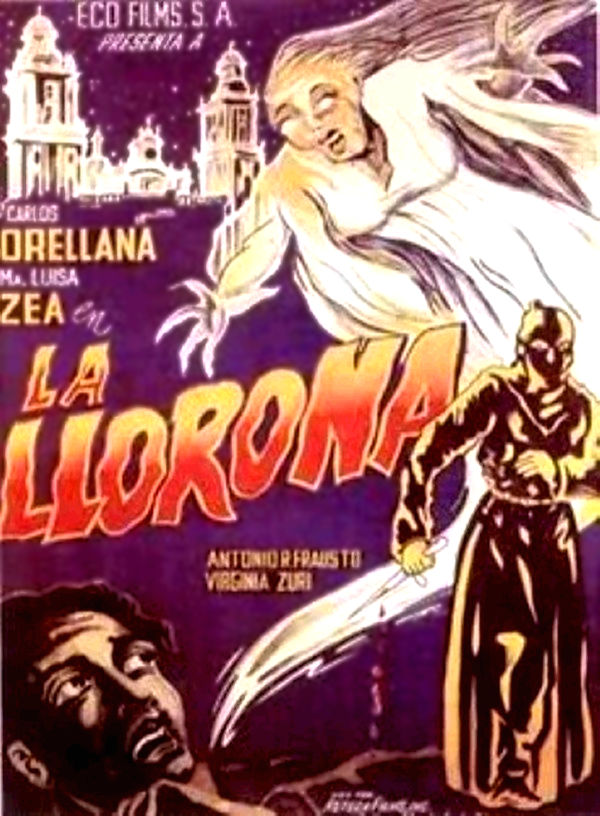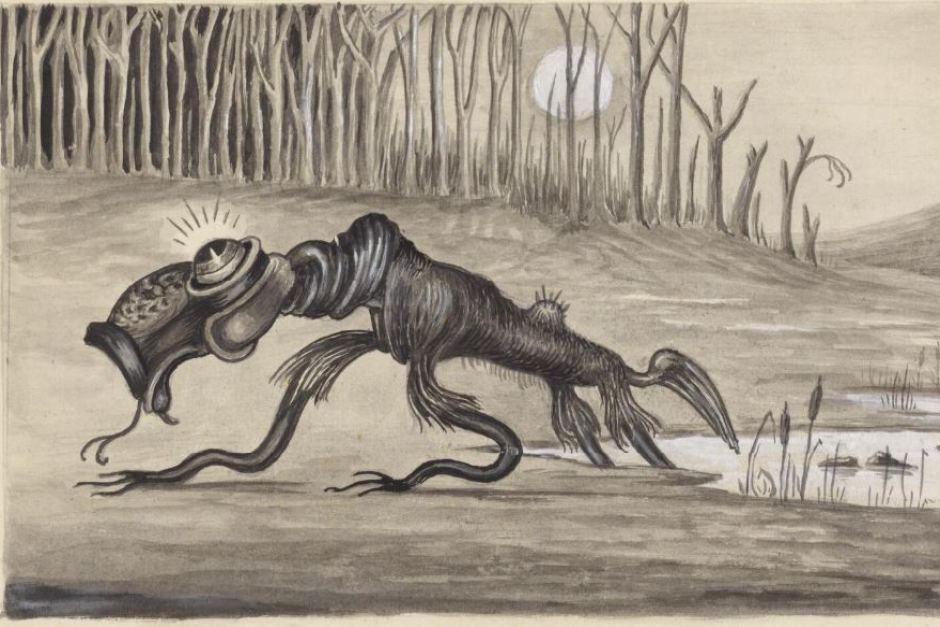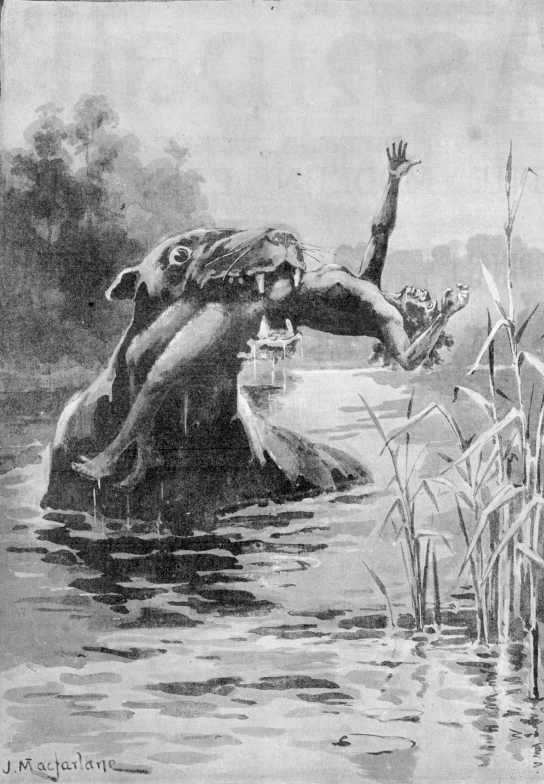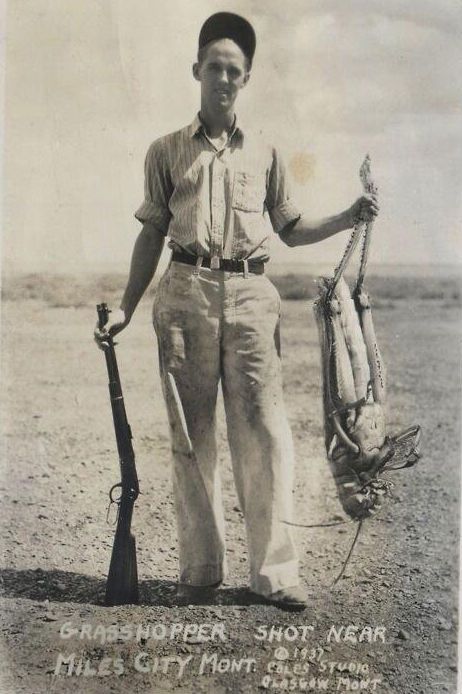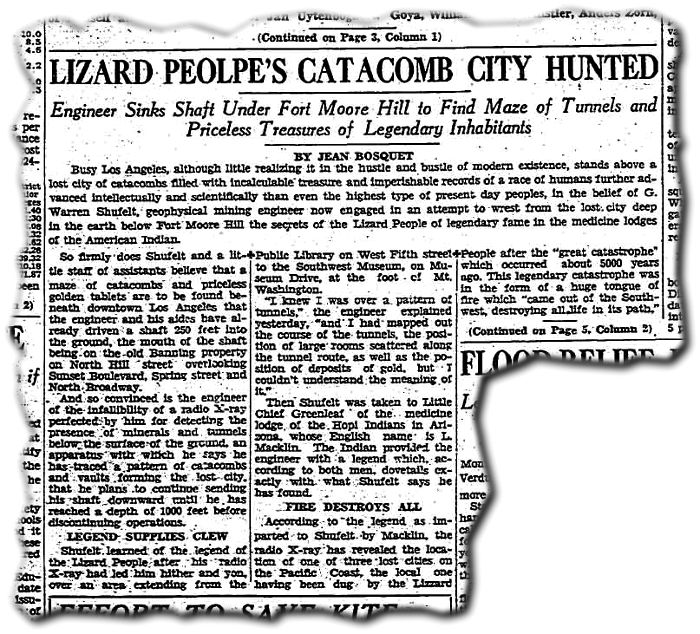Category: Cryptozoology
Pterodactyl vs Cowboys
La Llororna, 1933
The legend of La llorona (The Crying Woman) is that of the wandering spirit of a woman who murdered her children after her lover betrayed her by marrying another woman. Spurned by St. Peter until she could bring the souls of her children with her to the Gate of Heaven, she roams the earth, crying, “¡Ay, mis hijos, mis hijos!” (Oh, my children, my children!). Her appearance is said to be a sign of impending disaster or death.
In modern day Mexico, a man on the street is supernaturally killed after hearing the eerie sound of a wailing woman. We then arrive at the manor of an upper class family, who are celebrating their young son’s birthday. A mysterious cloaked figure is eavesdropping on them, taking advantage of secret rooms and passages. Eventually, the intruder (who appears to be possesessed) kidnaps and attempts to murder the boy at a pagan altar using a sacrificial knife and stone. While this story unfolds, two flashbacks to the Elizabethan and Inquisition era are related, explaining the origins of the “wailing woman”. In one, a woman with an illegitimate child has been abandoned by her lover. His formerly faithful friend forces him to a duel over this betrayal. The woman kills her baby and herself, and upon her death a wraith ascends skyward from her corpse. In the other story, an Indian woman has her baby taken from her by the authorities, and she descends into madness and suicide, with her spirit also leaving her body upon death. An ancient ring worn by the principals, as well as the knife and stone, are the bonds between the stories. (IMDb)
Tombstone Epitaph, April 1890
April 26, 1890, the Tombstone Epitaph: “Found in the Desert–A Strange Winged Monster Discovered And Killed On The Huachuca Desert.”
 Continue reading “Tombstone Epitaph, April 1890”
Continue reading “Tombstone Epitaph, April 1890”
Loch Ness Monster, 1934
Daily Mail publishes Colonel Robert Wilson’s photograph, April, 21st, 1934 (photo taken November 12, 1933)
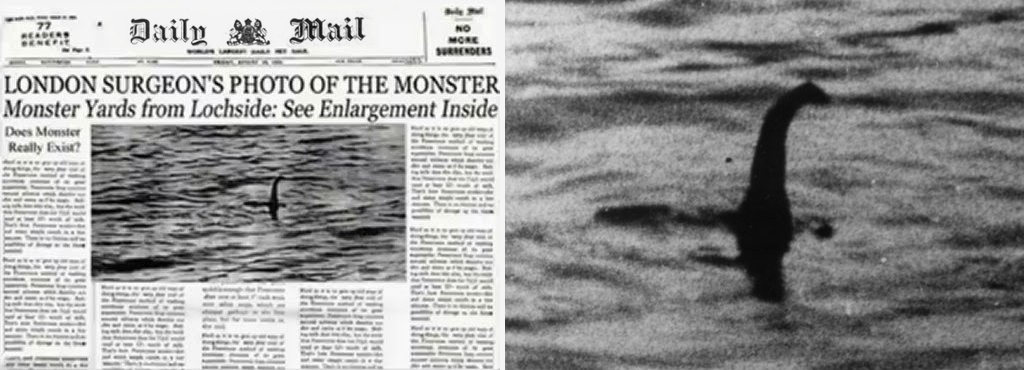 Continue reading “Loch Ness Monster, 1934”
Continue reading “Loch Ness Monster, 1934”
Australian Bunyip
Giant Grasshopper, 1937
African Pterodactyls?
M.D.W. Jeffreys, M.A., Ph.D.
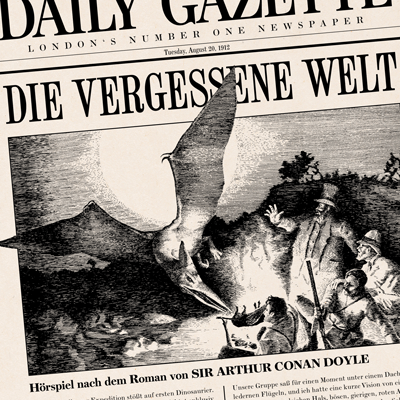 In September, 1939, the West African Review contained an article “Living Monster or Fabulous.Animal?” Readers will recollect that some years earlier there had been a type of “Challenger Expedition” into Central Africa to search the Iruwuni forests of the Belgian Congo for a huge, mysterious, antedeluvian monster. “Is the Brontosauros still alive in the morasses of the Congo?” were the headlines in some of the London papers. No report of the traces of any such monsters ever appeared, and I was not surprised. I had been right through the Belgian Congo in 1923, and had come into intimate contact with a number of what would be called Native Commissioners or District Officers in British territory, as well as with noted big-game hunters. None of these men, who were in positions to know before anyone else of the existence of such monsters, ever alluded to the possible existence of them. Yet stories do circulate among natives of animals never listed in any Museum. Continue reading “African Pterodactyls?”
In September, 1939, the West African Review contained an article “Living Monster or Fabulous.Animal?” Readers will recollect that some years earlier there had been a type of “Challenger Expedition” into Central Africa to search the Iruwuni forests of the Belgian Congo for a huge, mysterious, antedeluvian monster. “Is the Brontosauros still alive in the morasses of the Congo?” were the headlines in some of the London papers. No report of the traces of any such monsters ever appeared, and I was not surprised. I had been right through the Belgian Congo in 1923, and had come into intimate contact with a number of what would be called Native Commissioners or District Officers in British territory, as well as with noted big-game hunters. None of these men, who were in positions to know before anyone else of the existence of such monsters, ever alluded to the possible existence of them. Yet stories do circulate among natives of animals never listed in any Museum. Continue reading “African Pterodactyls?”
Stalin’s half-man, half-ape super-warriors
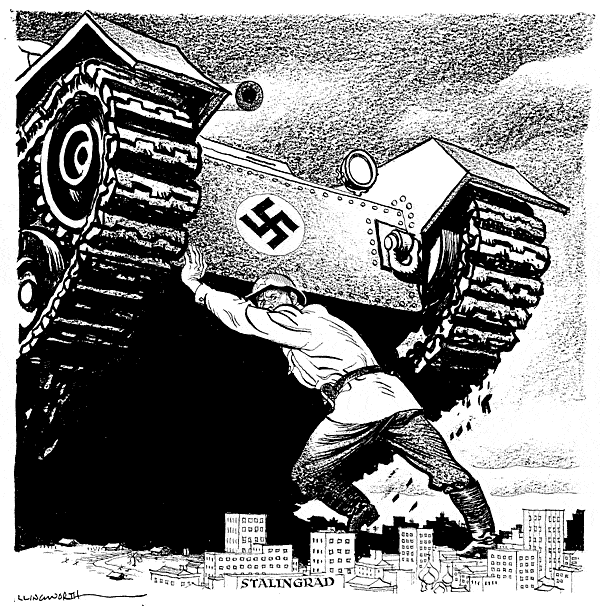 Super-troopers: Stalin wanted Planet of the Apes-like troops, insensitive to pain and hardship.
Super-troopers: Stalin wanted Planet of the Apes-like troops, insensitive to pain and hardship.
CHRIS STEPHEN AND ALLAN HALL
The Soviet dictator Josef Stalin ordered the creation of Planet of the Apes-style warriors by crossing humans with apes, according to recently uncovered secret documents.
Moscow archives show that in the mid-1920s Russia’s top animal breeding scientist, Ilya Ivanov, was ordered to turn his skills from horse and animal work to the quest for a super-warrior.
According to Moscow newspapers, Stalin told the scientist: “I want a new invincible human being, insensitive to pain, resistant and indifferent about the quality of food they eat.”
In 1926 the Politburo in Moscow passed the request to the Academy of Science with the order to build a “living war machine”. The order came at a time when the Soviet Union was embarked on a crusade to turn the world upside down, with social engineering seen as a partner to industrialisation: new cities, architecture, and a new egalitarian society were being created. Continue reading “Stalin’s half-man, half-ape super-warriors”
Lizard People’s Catacomb City Hunted
Engineer Sinks Shaft Under Fort Moore Hill to Find Maze of Tunnels
and Priceless Treasures of Legendary Inhabitants
by Jean Bosquet
January 29, 1934
LA Times
If this doesn’t scream Pulp adventure I don’t know what does!
Download entire reformatted article here
